How well do you know the incredible machine that is your body? From the intricate workings of your heart to the vast network of your nervous system, the human body is a marvel of biology and evolution.
This quiz will challenge your understanding of anatomy, taking you on a journey through the various systems that keep you breathing, moving, and thinking every day. Whether you’re a seasoned expert or just curious about the basics, these questions will test your knowledge of what’s happening under your skin.
Where is the human heart located?
- A) Right side of the chest
- B) Center of the chest
- C) Just above the stomach
- D) Left side of the chest
Answer:
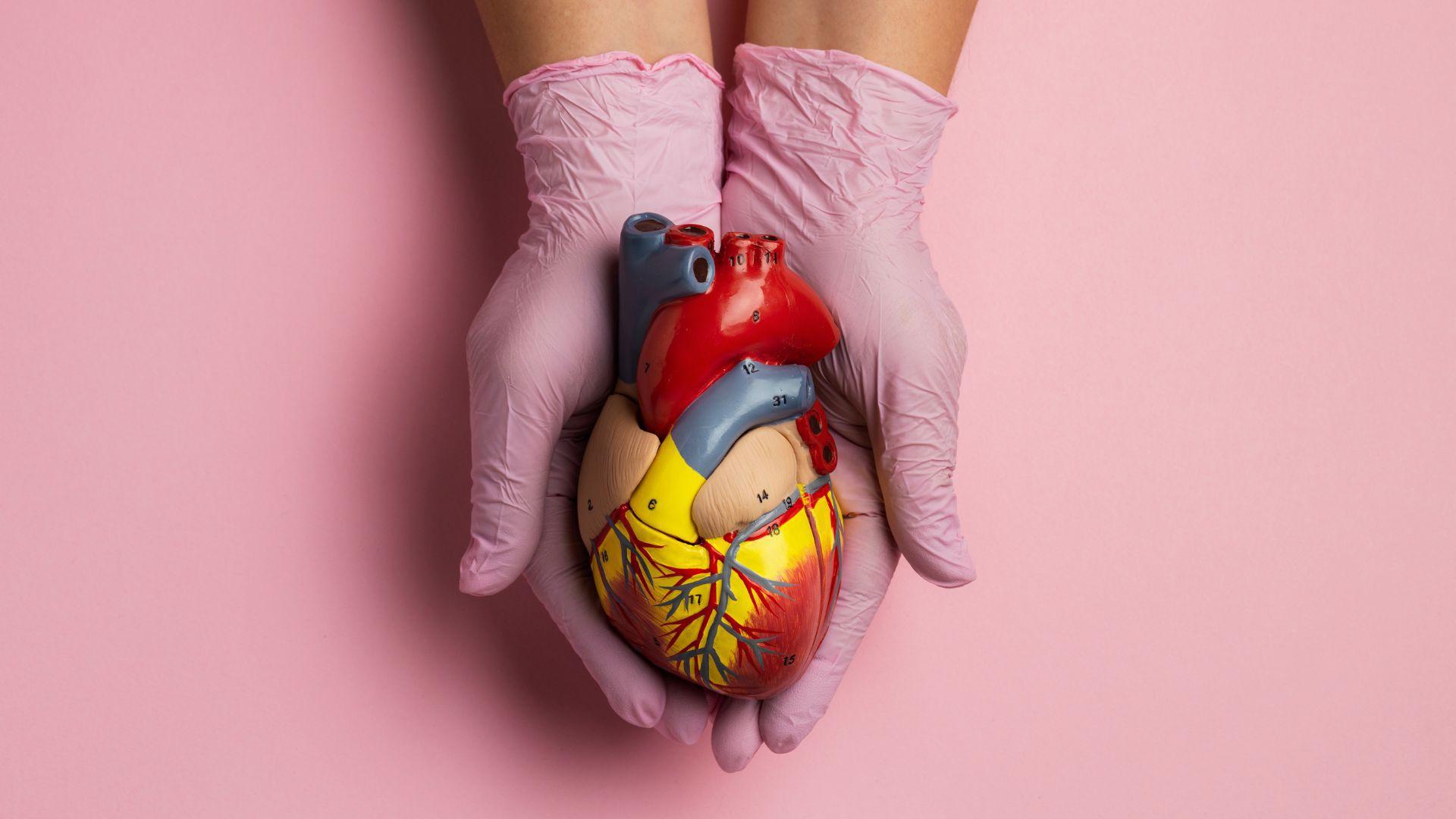
D) Left side of the chest
What is the largest organ of the human body?
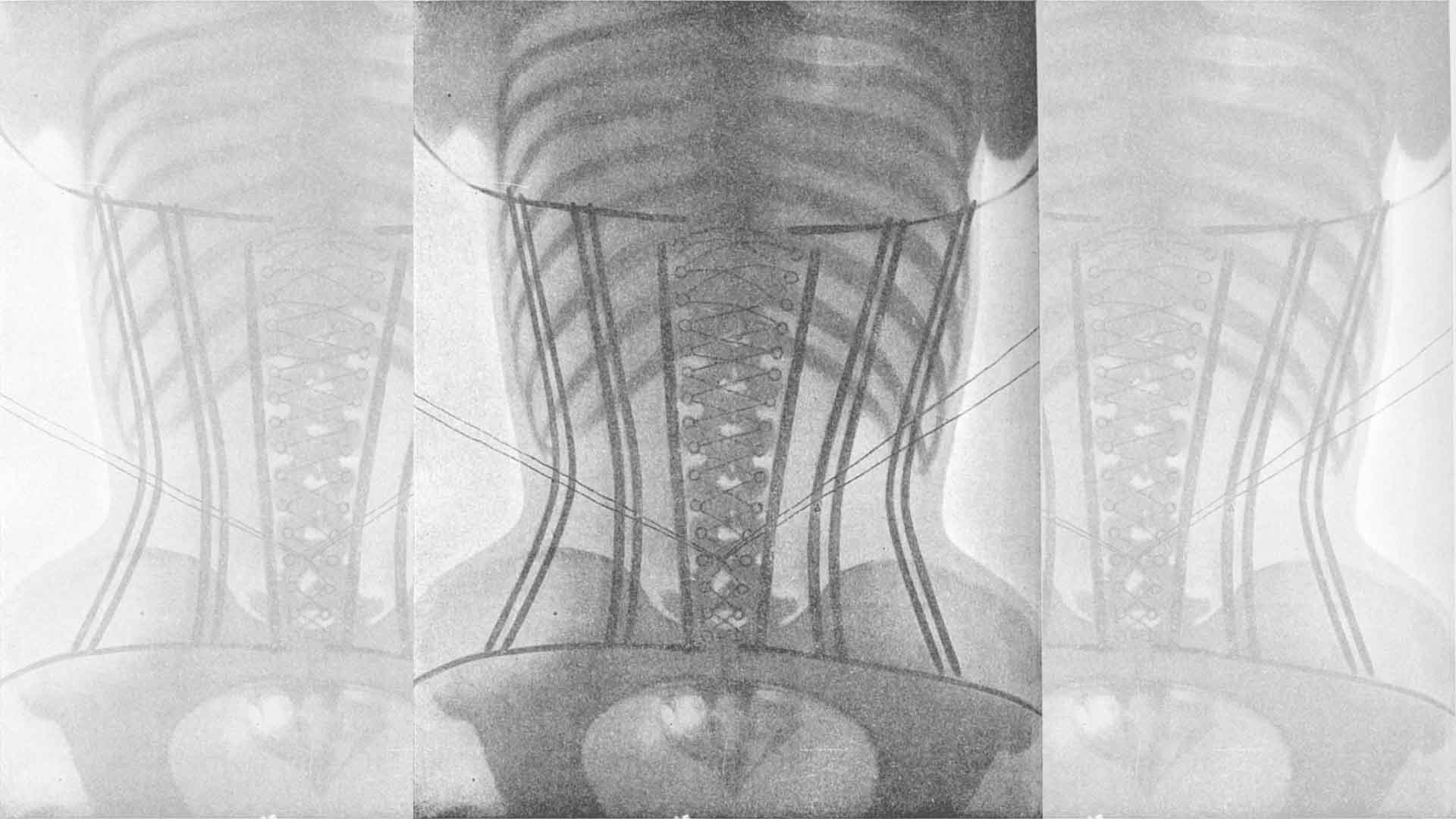
- A) Heart
- B) Skin
- C) Liver
- D) Kidney
Answer:

B) Skin
How many bones are in the adult human body?
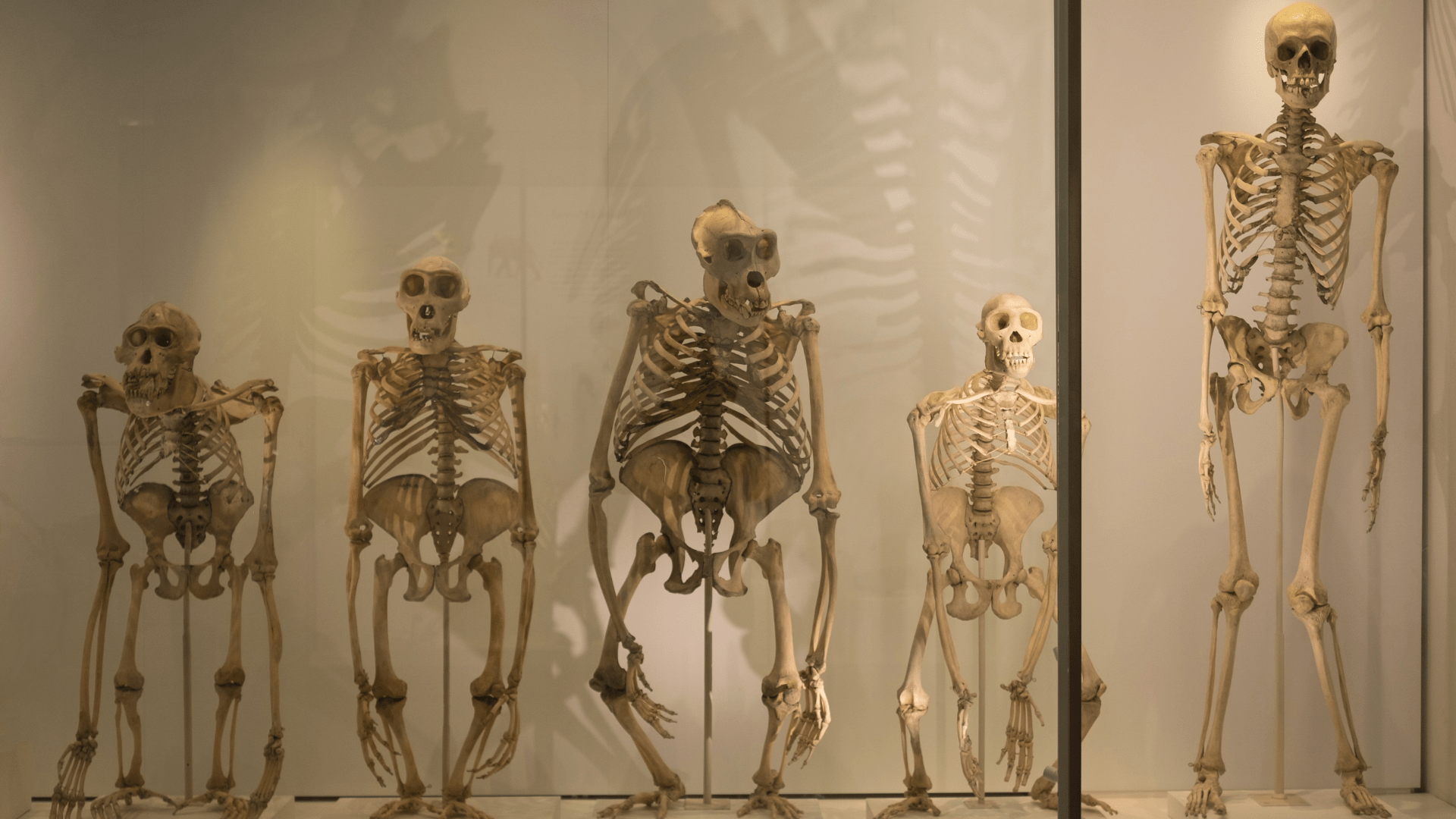
- A) 206
- B) 195
- C) 210
- D) 187
Answer:
A) 206
Which blood type is known as the universal donor?
- A) A+
- B) B-
- C) AB+
- D) O-
Answer:
D) O-
How many chambers does the human heart have?

- A) 2
- B) 4
- C) 6
- D) 8
Answer:

B) 4
What is the function of the human brain’s cerebellum?
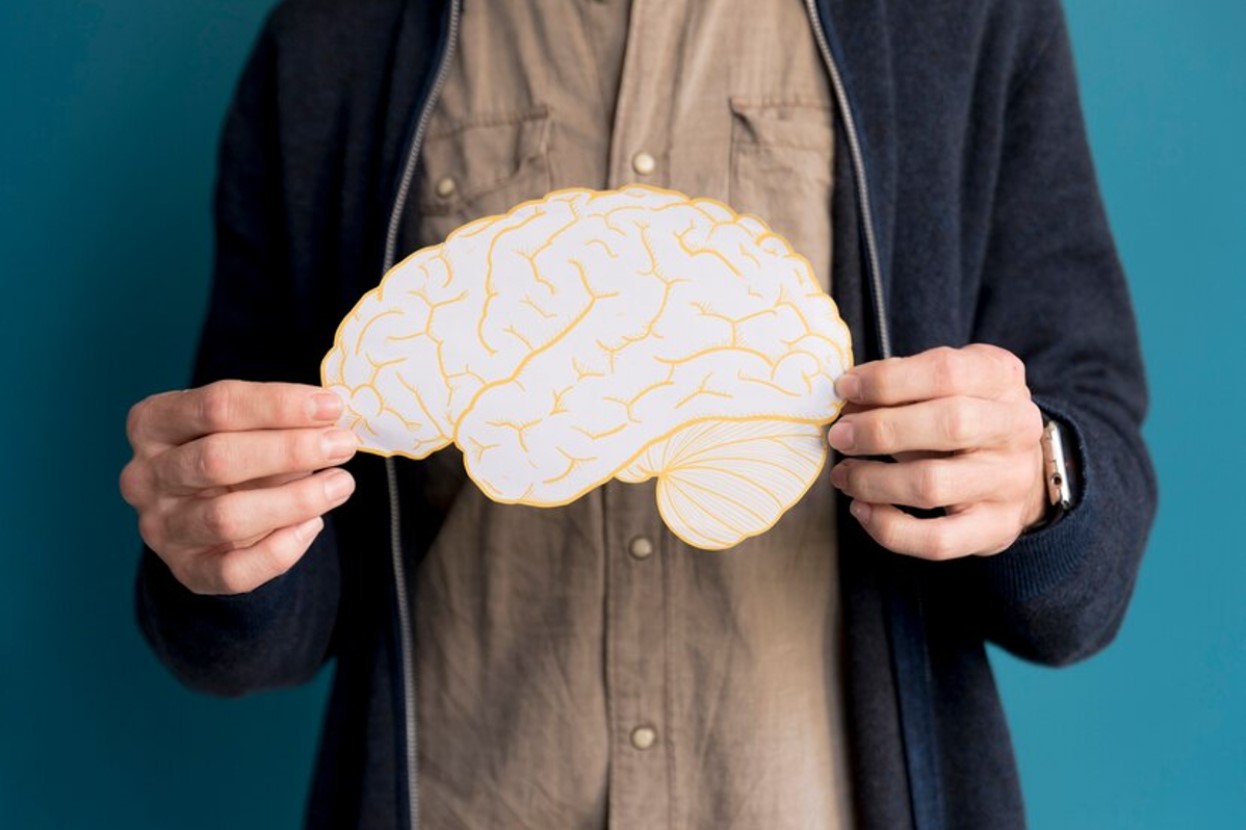
- A) Memory and learning
- B) Balance and coordination
- C) Vision
- D) Emotion and behavior
Answer:
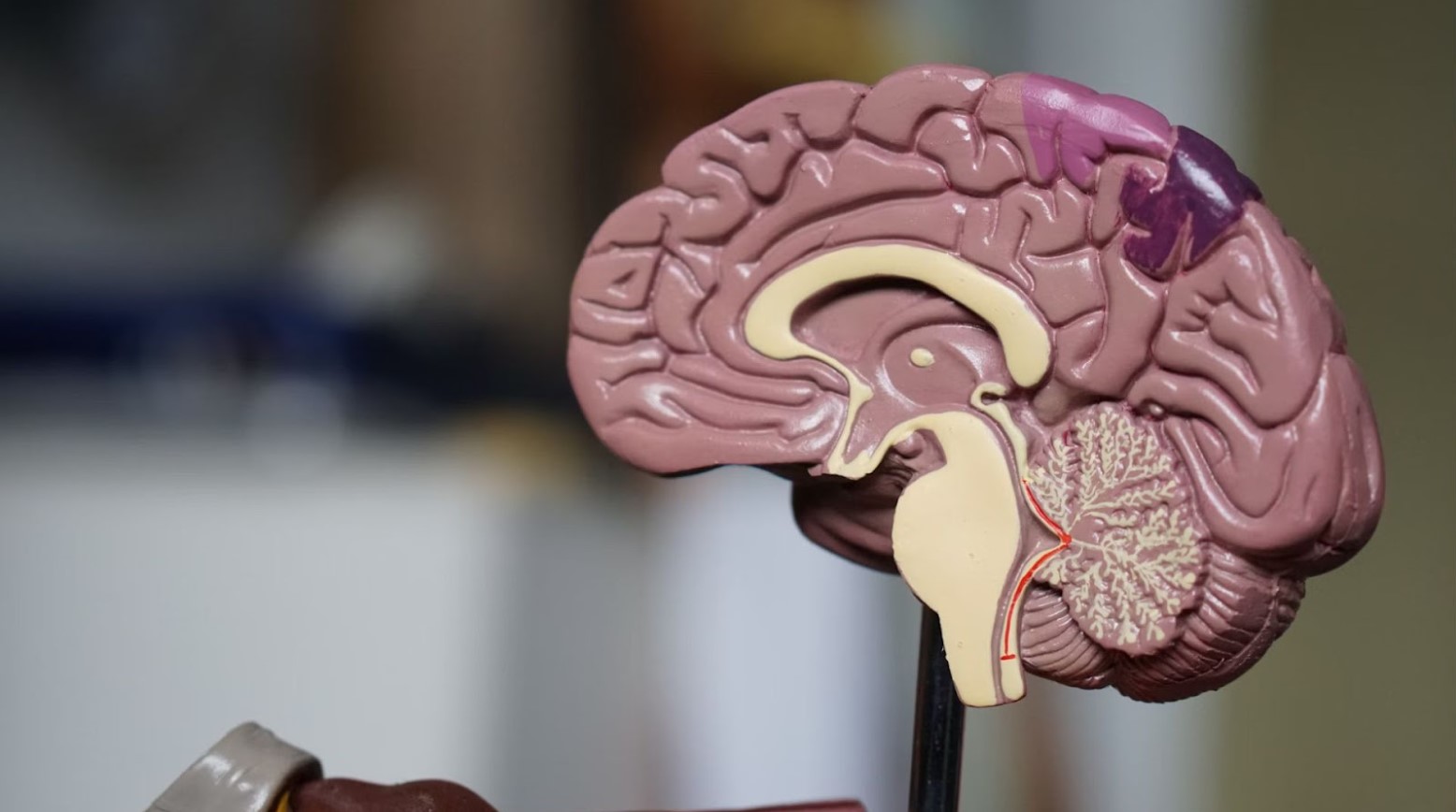
B) Balance and coordination
Which of the following is not part of the human digestive system?

- A) Pancreas
- B) Heart
- C) Liver
- D) Small intestine
Answer:

B) Heart
How many types of blood cells are there?
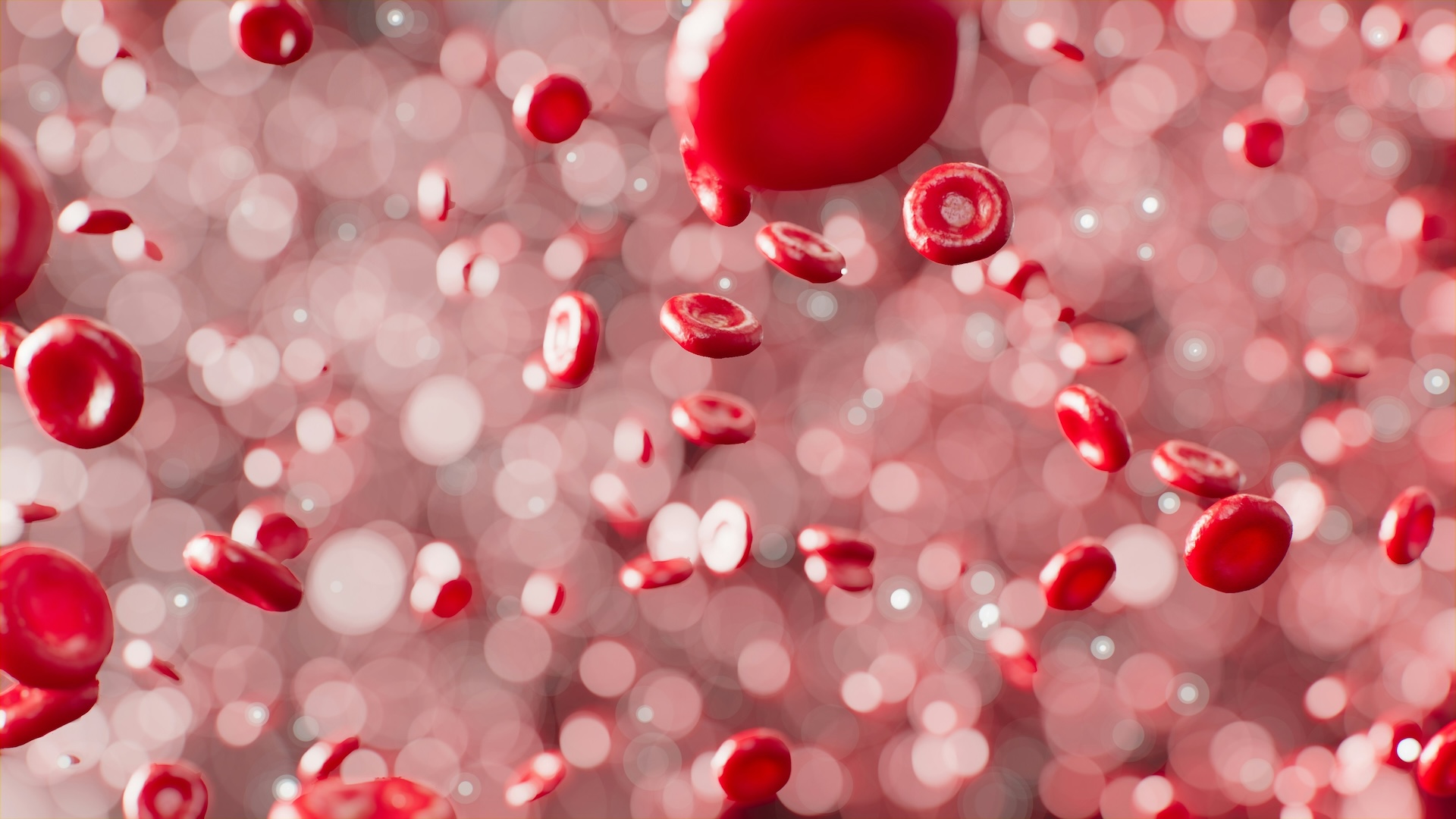
- A) 1
- B) 2
- C) 3
- D) 4
Answer:
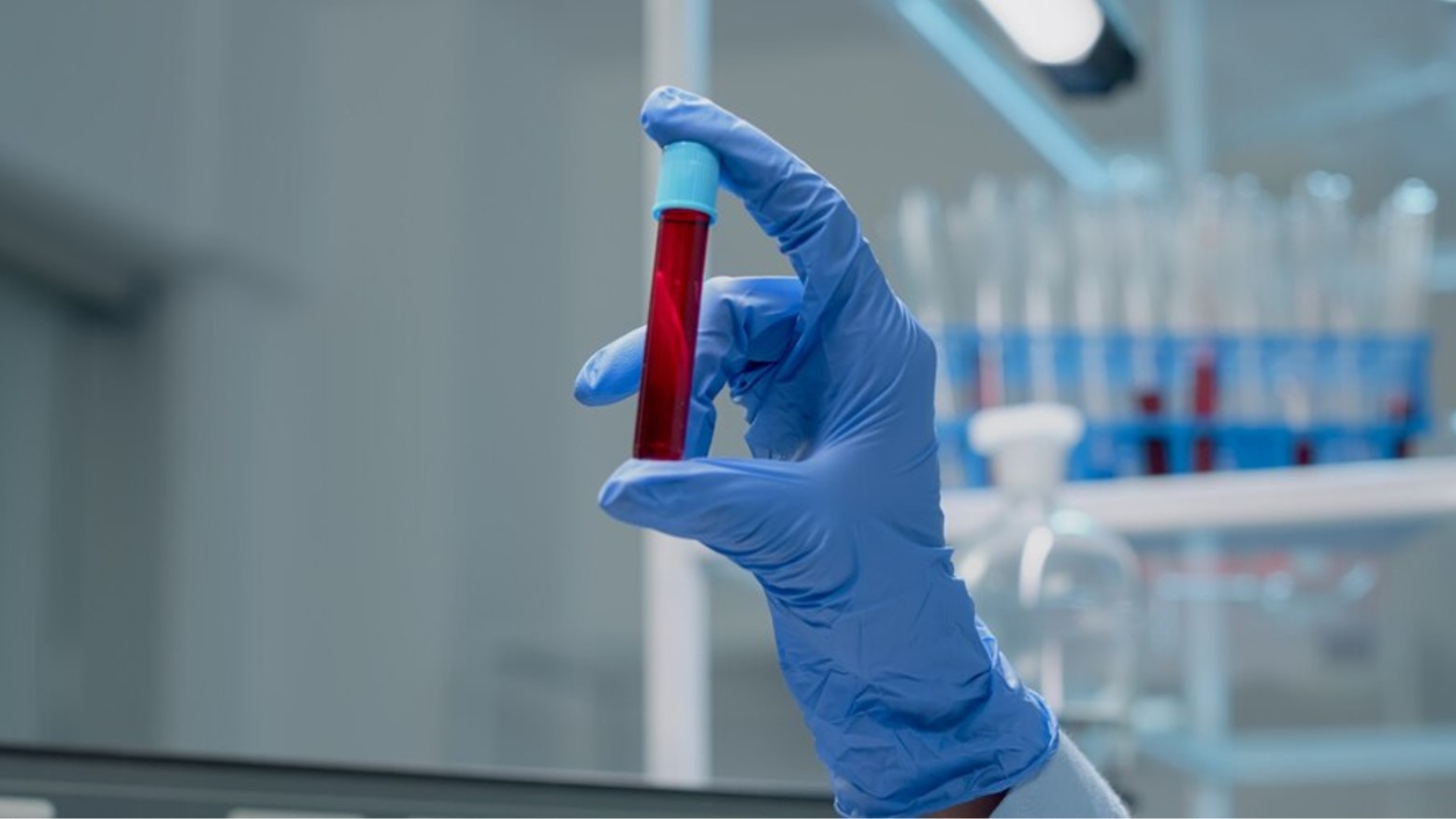
C) 3 (Red cells, white cells, and platelets)
What does the term ‘neuron’ refer to?
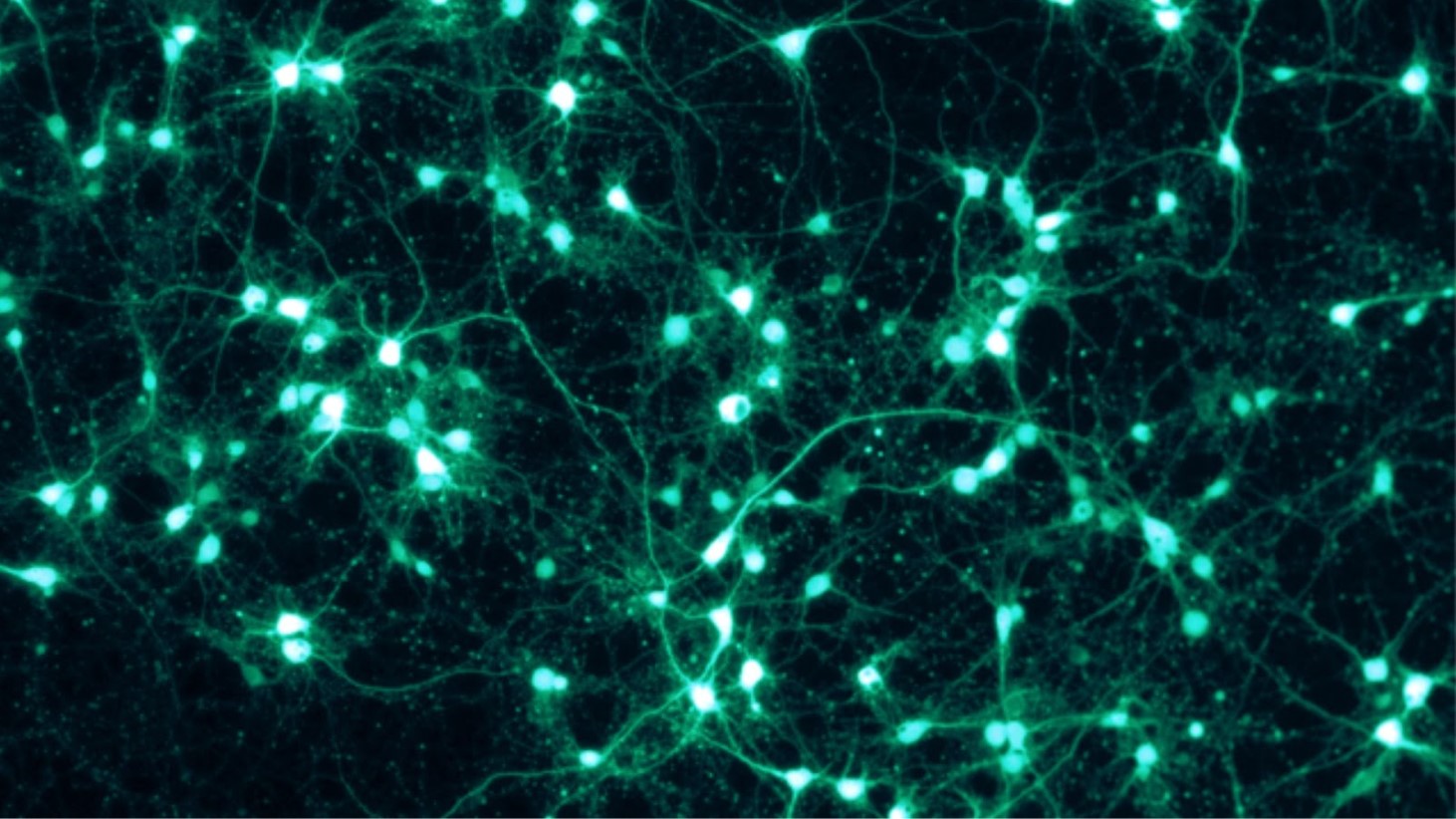
- A) A type of hormone
- B) A blood cell
- C) A brain cell
- D) A muscle fiber
Answer:

C) A brain cell
Which system of the body controls the fight or flight response?

- A) Circulatory system
- B) Digestive system
- C) Nervous system
- D) Endocrine system
Answer:
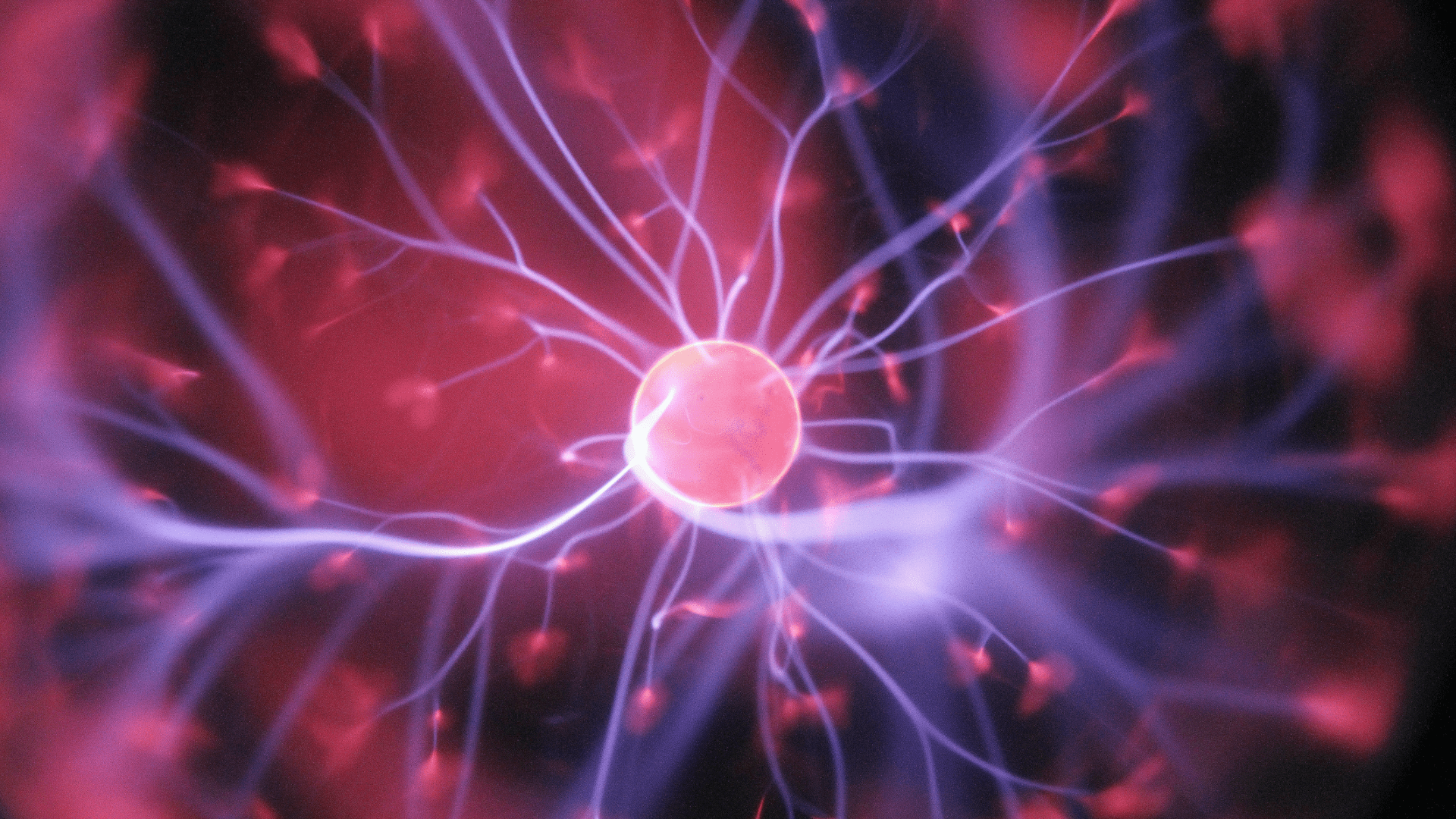
D) Endocrine system
What is the primary function of the kidneys?
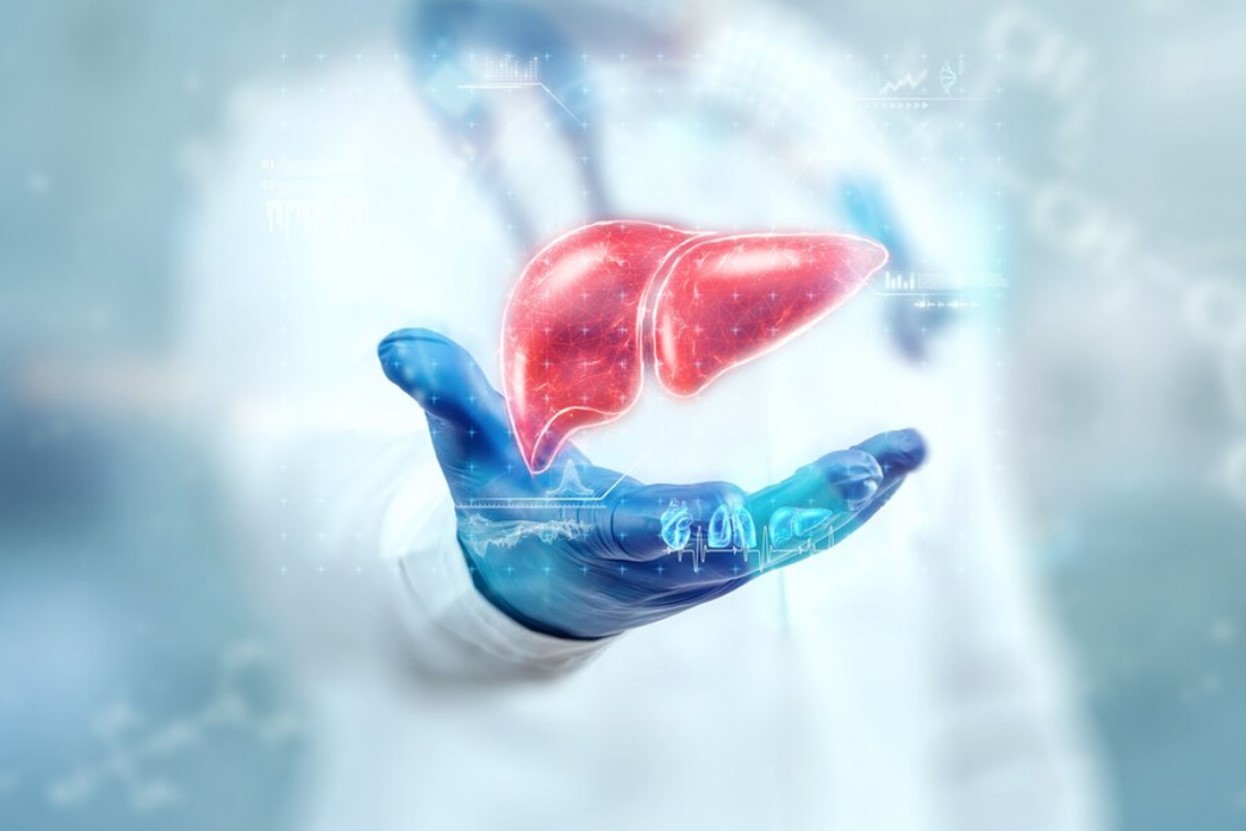
- A) To produce hormones
- B) To digest food
- C) To filter blood
- D) To absorb nutrients
Answer:

C) To filter blood
Where are the vocal cords located?

- A) In the brain
- B) In the lungs
- C) In the larynx
- D) In the stomach
Answer:

C) In the larynx
Which organ is responsible for producing insulin?
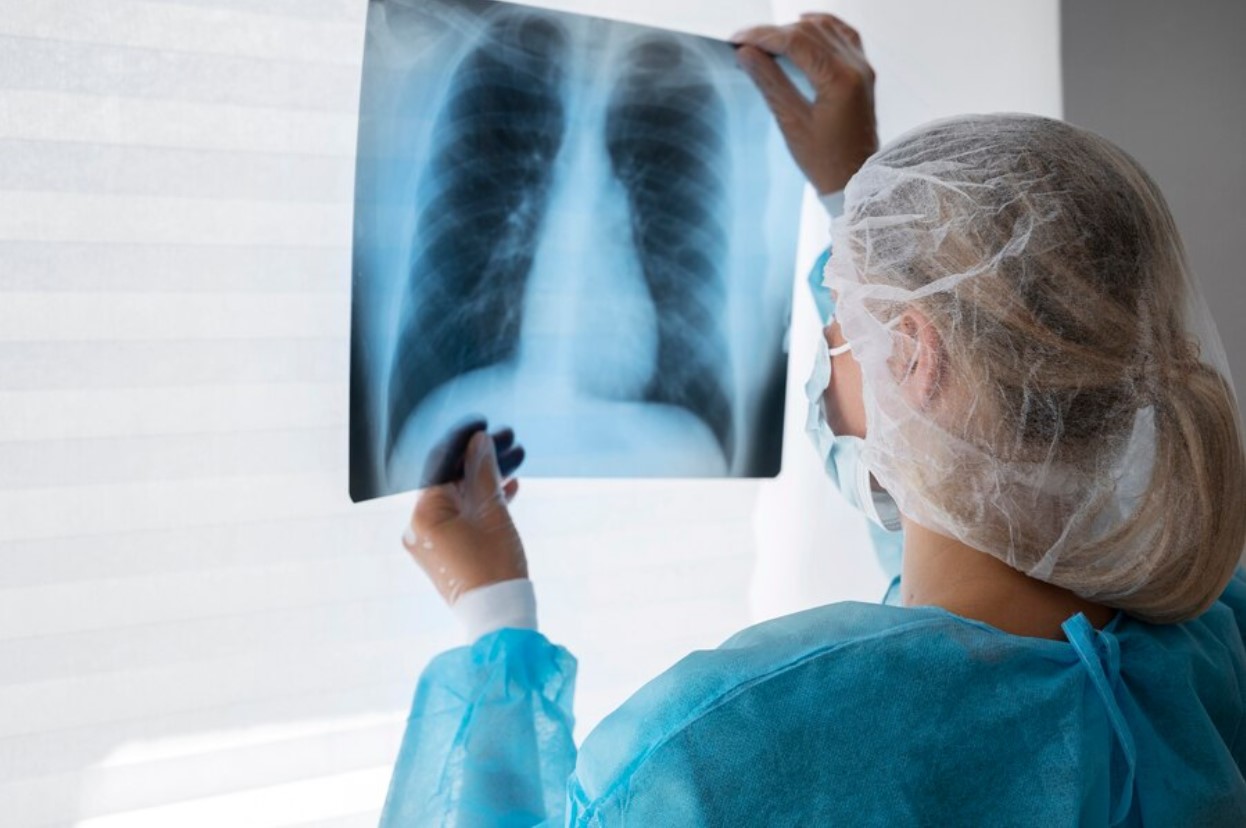
- A) Liver
- B) Pancreas
- C) Stomach
- D) Small intestine
Answer:
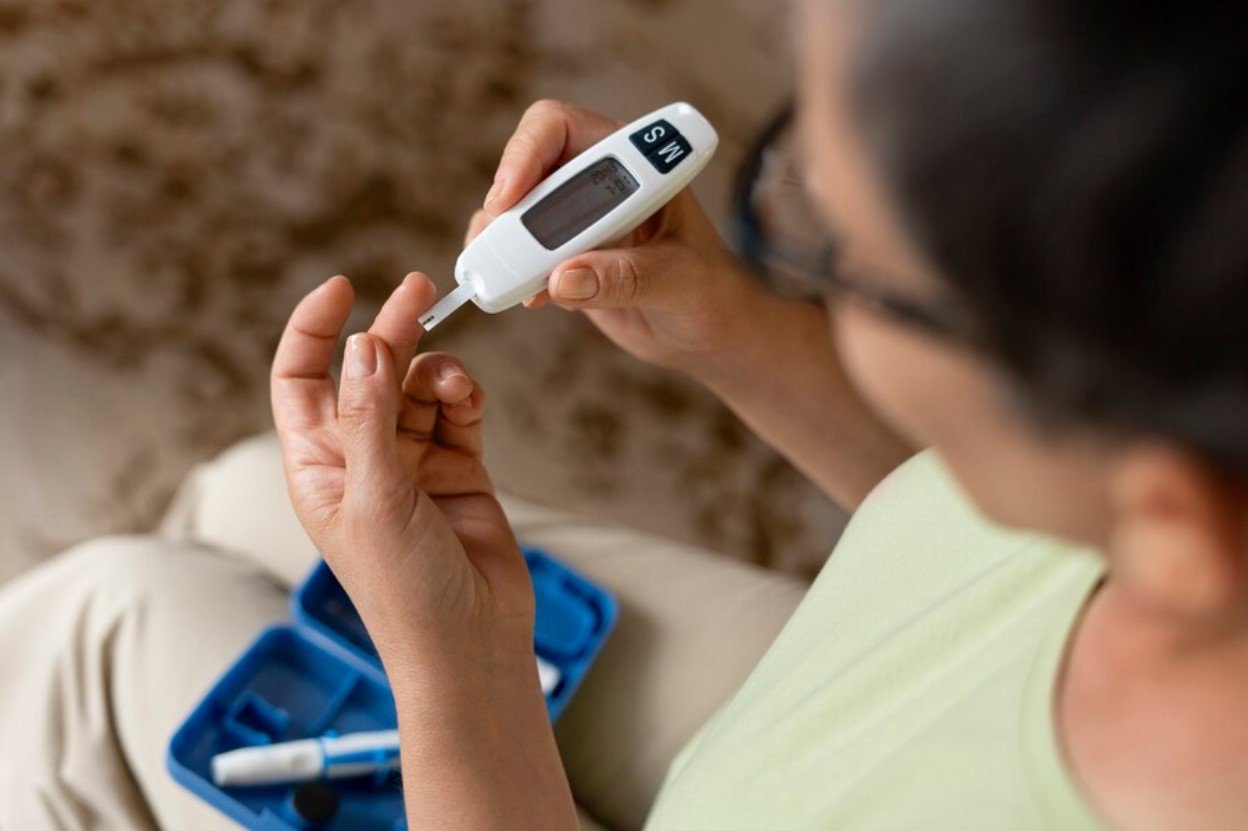
B) Pancreas
What is the main function of the respiratory system?

- A) To circulate blood
- B) To filter toxins
- C) To process food
- D) To exchange gases (oxygen and carbon dioxide)
Answer:

D) To exchange gases (oxygen and carbon dioxide)
How many lobes does the human liver have?

- A) 2
- B) 3
- C) 4
- D) 5
Answer:

C) 4








































